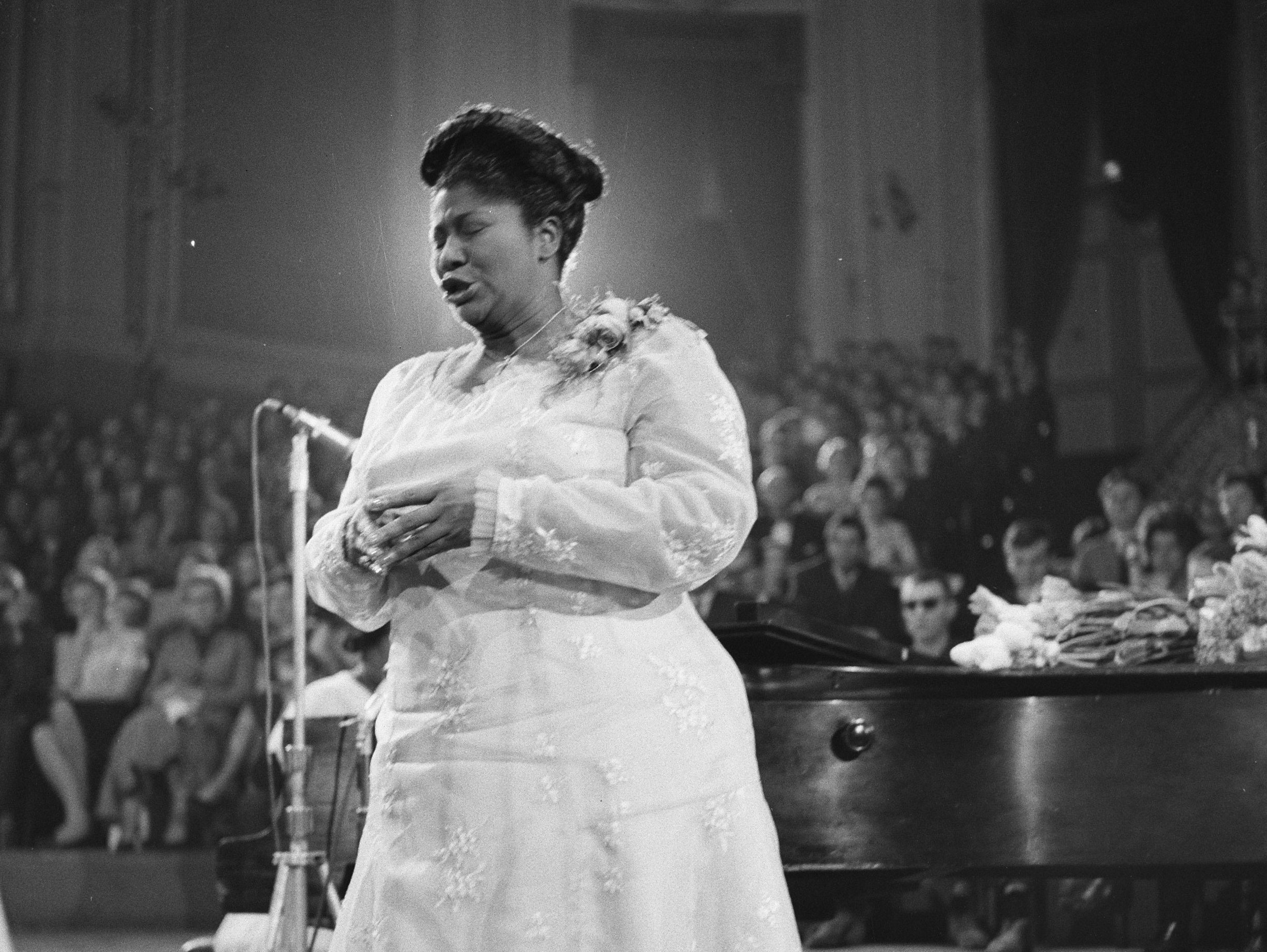I never really liked theory classes very much. To be honest, I was never that good at them. I’ve definitely learned more from using my ears rather than my brain.
- Musician Jacob Collier
I too, find music theory confounding, but unlike musical polymath Collier, I don’t have much of an ear to fall back on.
Which is possibly why I learned so much from his appearance on Vox’s Earworm, above. He lent me his ears.
Ten minutes in, I think I maybe, sort-of understand what chromaticism is.
Rather than pull examples from a number of sources, Collier concentrates on his “musical crush” Stevie Wonder’s chart topping 1976 tribute to jazz legend Duke Ellington, “Sir Duke.” As Collier told Time Out Israel’s Jennifer Greenberg:
I believe that when you listen to music, it gives you this periphery of great stuff in your ears and then when you sit down to make music of your own, those are your teachers, those are your guiding forces. It’s better to have Stevie Wonder as a reference point than say “this textbook that I read in class” …Stevie is my number one. As a kid, he represented everything that I really loved about music: he had all the chops, he had all the chords, he had all the funky stuff, all the groove, but then had that voice and behind the voice, he had this soul and feelings, and he also had this sense of humor mixed with this humanity.
Collier has the innate know-how to break down those grooves, from the big band feel of the opening drums to the Motown sound backbeat of the verse.
Aided by series producer Estelle Caswell and some graphics that visualize such fundamentally aural concepts as harmony and the pentatonic scale, Collier articulates in purely musical terms what makes this enduring hit so catchy.
Certainly, the exuberant shout chorus doesn’t hurt.
Collier has delved into Wonder’s catalogue before, leaping on the opportunity to harmonize with himself.
That’s him above, at age 17, performing an a cappella “Isn’t She Lovely,” his melodica standing in for Wonder’s iconic harmonica solo.
And Wonder’s “Don’t You Worry ‘Bout A Thing,” below, presented his greatest challenge as an arranger, due to such quirks as “unexpected suspension chords” and the diatonic descending melody. Hold on to your hats at the 2:26 mark when the screen splits into over a dozen sections, in an attempt to contain all the talent on display.
Related Content:
See Stevie Wonder Play “Superstition” and Banter with Grover on Sesame Street in 1973
Ayun Halliday is an author, illustrator, theater maker and Chief Primatologist of the East Village Inkyzine. Her husband was gratified to see Jacob Collier shares his affinity for Crocs. No shame. Follow her @AyunHalliday.




